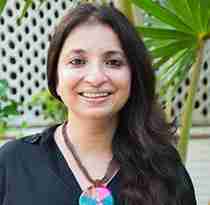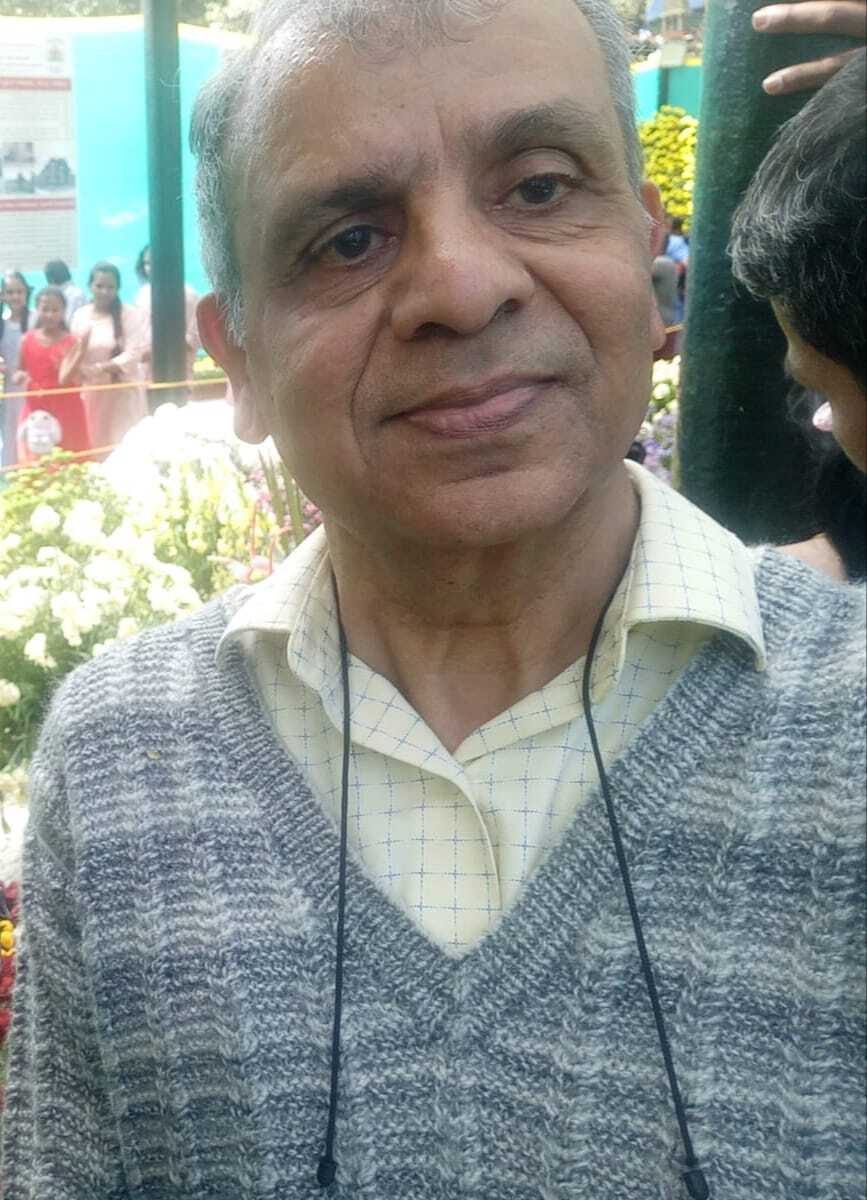Practising Mindfulness
Our member Dr Anil Kumar Chawla on the importance of mindfulness and how to practice it.
Mindfulness does not mean a state of full mind. We often say, 'Be mindful.' What does this mean?
Be mindful of what you say or do, which means be carefully aware of what you say or do. Mindfulness means to be consciously aware or knowingly aware.
What do we need to be aware of? Being aware of what we see, say or do and even a step further back. Being consciously aware of one's thoughts for some time or all of the time is called mindfulness. Mindfulness can become a way of life. Through mindfulness, the mind, which is often chaotic, is brought to a state of calmness, stillness and peace.
Here is a practice exercise for mindfulness.
Sit comfortably and relax your body, keeping the spine straight. You may close your eyes and keep a gentle smile on your face.
Step 1: Become aware of the noises in the surroundings. Accept them and let them be.
Step 2: Become aware of the breath as the chest expands or retracts. Accept that and let it be.
Step 3: Become aware of the fine tingling sensations in the body, especially at the tips of the fingers, toes, and face. Accept them and let them be.
Step 4: Become aware of the thoughts crossing the mind's space. Watch them as they come and go, without calling them good or bad or giving importance to any of them as they merely pass thoughts on the mind's screen. They will pass. Allow them to pass. Keep watching.
Step 5: Notice that if you don't take any interest in them or give no thought any importance by following them, the number of thoughts will gradually decrease, and at one time, you will be free of them.
Step 6: Notice the absence of all thoughts, of an empty mind space. Notice that when no object is in any form in the mind space, you are still a witness. Notice this stillness, and you may fall in love with it.
Step 7: Realise now that you are not what the thoughts or any words say or can describe. Realise now that you are before and beyond any thoughts or comments. Realise that you exist even in the absence of any thoughts, words and all the acquired concepts and notions of who you are or have been told who you are. Realise now that you are pure, witnessing awareness and nothing else.
Step 8: Notice the calm and peace that exists now. Notice the absolute stillness when nothing else is there, and only you are there as pure existence itself.
Step 9: Having realised this state, stay in it for some more time and often visit it until you become familiar and comfortable with it.
Step 10: Gradually become aware of your body and surroundings and slowly open your eyes.
You just practised mindfulness. How do you feel?

Further analysis of this exercise can be as follows:
1. Here I am, and there are the thoughts I can observe. There is a distance between me and my thoughts.
2. What I can observe that I can not be. I am thus not my thoughts, not their content, not any meaning that they may have. I notice that I am none of that.
3. I, therefore, see myself as an observer, watcher, knower, knowing awareness or conscious awareness or, more simply, pure consciousness itself.
4. Nothing touches or pollutes pure awareness, be it good or bad thoughts. While observing, I find many thoughts besides good and evil. There are wasteful thoughts, meaningless thoughts, negative thoughts, recurring thoughts, etc. They are all automatic thoughts, none that I decided to engage in purposefully.
5. 80 to 90 per cent of thoughts arise from the memory of the past as experienced by us. Suppose we make a conscious decision not to entertain thoughts of the past. In that case, we can reduce our burden of thinking by 80 to 90 per cent.
6. I find that when a past strand of thought or visual experience has started, the chain is continued by the addition of the future, either as fear of what might happen or plans of how to avert the possible suspected bad happenings. I find that this chain of intertwined thoughts, when it continues for some time, becomes overwhelming for the individual and further promotes fear, stress, tension and depression etc.
7. You notice that practising mindfulness or conscious and disinterested observation of thoughts leads to a massive reduction in automatic thoughts. This is because thoughts are shy of disinterested, non-judgemental observation and under such direct observation, they tend to shrivel, reduce and disappear, revealing a still, thought-free state of mind which is heaven that one has found the key of and visit it often or keep staying there, entirely in natural peace and the joy that accompanies such peace.
8. Just as thinking, thinking, feeling and following every thought and emotion intently and seriously has become a habit that we have acquired, mindfulness also becomes a habit. Then nothing disturbs you or your peace of mind. Peace follows you as your shadow never leaves you.
9. Mindfulness is worth considering as a tool in your armamentarium, useful in daily living.
10. May all be attracted by it, practice it and benefit from its salubrious effects. Amen!
11. One effect you realise is that you are the very subtle consciousness, invisible to the naked eye, and you are not just the visible body that people call you and the one that will perish. The subtle consciousness you now notice that you are won't die, just as it hasn't changed a bit through infancy, youth and old age. This authentic and constant 'I', the same through all states of physical existence, neither changes nor dies.
Hurray! Let's say hello to immortality!
Do you practise mindfulness? Tell us about the calm and peace it has brought to your life.
Images courtesy: Pixabay
Calling our Members to Write for Us!
Silver Talkies Members get a unique chance to get published with us. We welcome travelogues, family recipes, memoirs, oral history accounts, short stories, poems, humour and personal essays, tips on living well and if you are a qualified subject matter expert, then your thoughts on your chosen topics as well. Email us at connect@silvertalkies.com to know more!
Comments
You may like to read:

Health and wellness
How NURA Uses AI-Enabled Screening to make a difference in Preventive Healthcare

Silver Talkies
4 mins read

Health and wellness
Five Lifestyle Changes To Ease Bladder Control

jessica smith
5 mins read

Health and wellness
Five things to keep in mind when considering organ donation

sunayana singh, ceo of organ india, an initiative of the parashar foundation
3 mins read

Post a comment